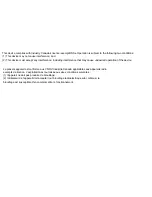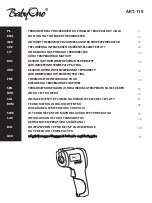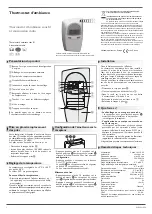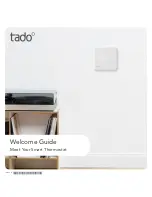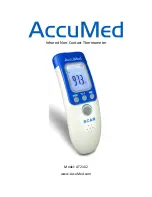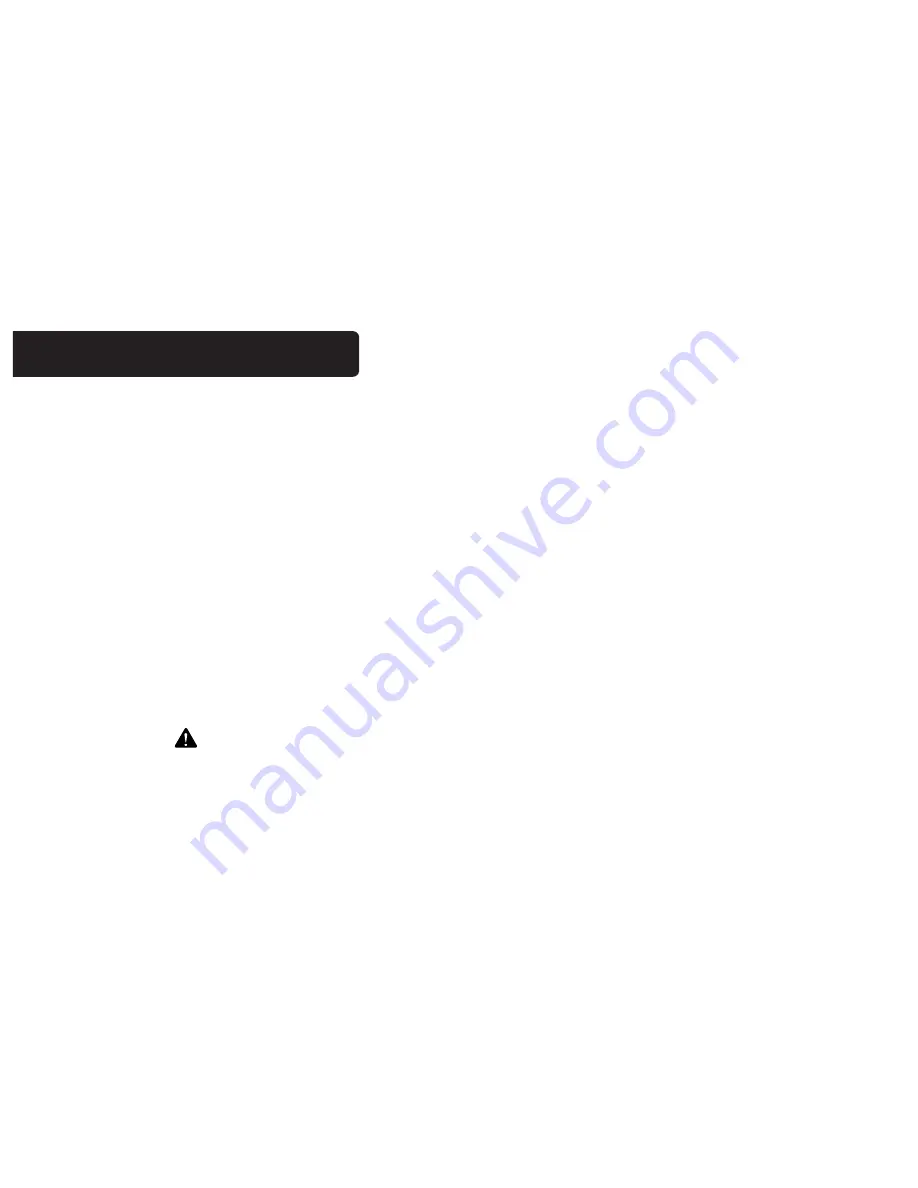
PG
18
Wire Reference Table
Possible Wires
What They Control
R or V or VR
RH
and
RC
Single power for HEAT and COOL
RH or 4
RH
Power for HEAT (RH not connected to RC jumper removed)
RC
RC
Power for COOL (RH not connected to RC jumper removed)
W / AUX
W
Heat control or heat pump auxiliary heat
W2 / AUX2
W2
2nd stage HEAT or 2nd stage of 2 stage auxiliary heat
W3 / AUX3
W3
3rd stage HEAT or 3rd stage of 3 stage auxiliary heat
Y
Y
COOL control or 1st stage compression for heat pump
Y2
Y2
2nd stage COOL control or 2nd stage compression for a heat pump
G or F
G
FAN control
C or X
C
24VAC power (to power thermostat)
NOTE: TRANE uses B for this connection
H
H
External Humidifier
DH
DH
External De-Humidifier
EX
EX
external fresh air baffle
B
B
Heat pump changeover (cool to heat, powered in heat)
O
O
Heat pump changeover (heat to cool, powered in cool)
B and O
IMPORTANT: If there are both B and O wires (Trane pump
products) DO NOT CONNECT B to B terminal, connect B to C
terminal. If not a Trane product tape off B.
E
n/a Emergency heat (do not connect, tape off)
L
n/a System monitor (do not connect, tape off)
T
n/a Outdoor sensor (do not connect, tape off)
Wire Reference


















